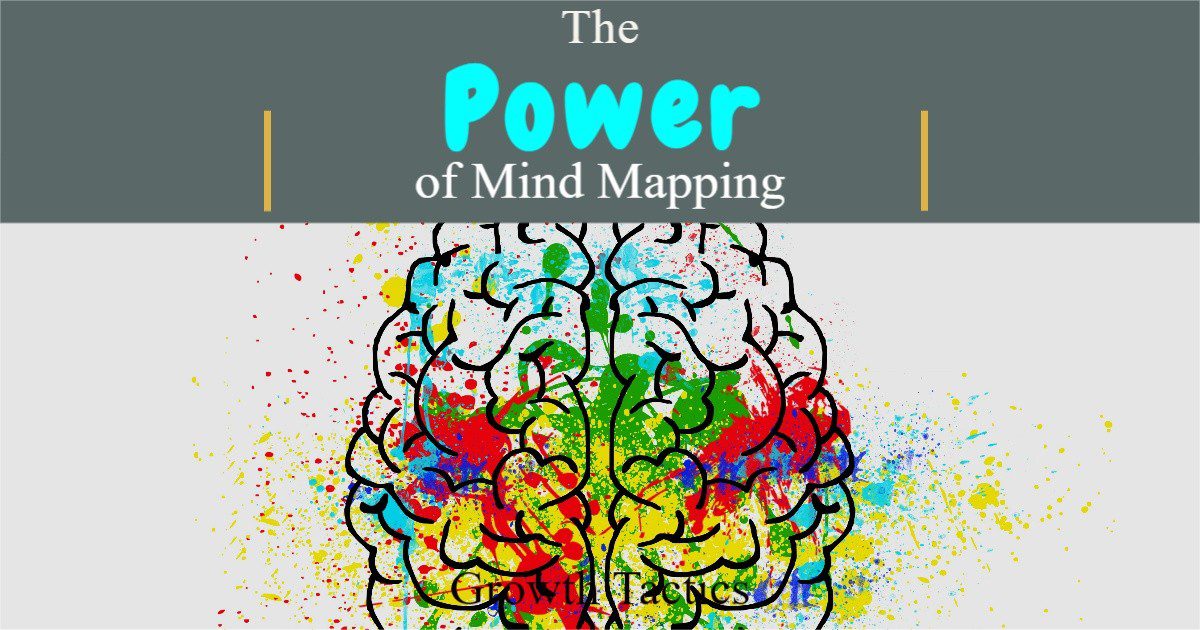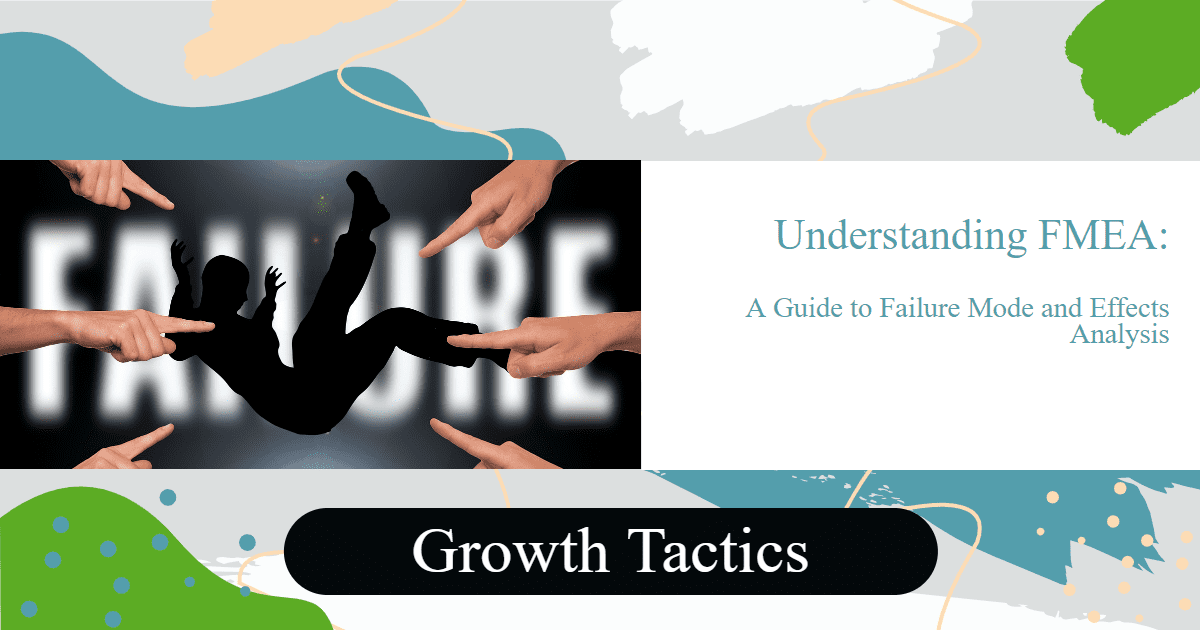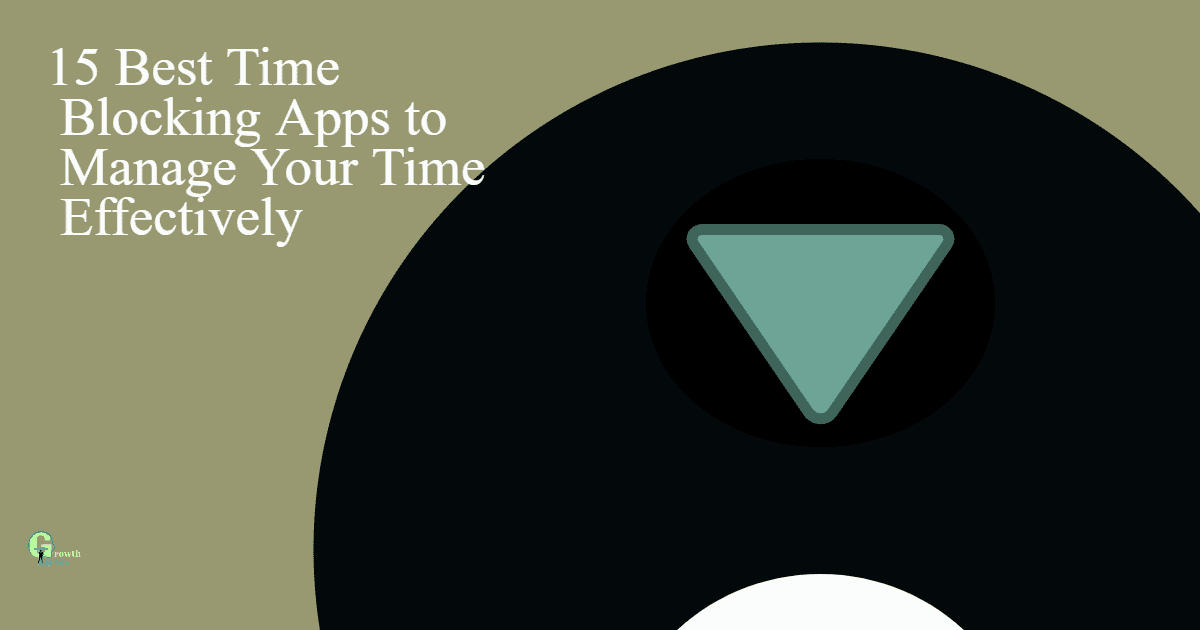Last Updated on April 20, 2024 by Milton Campbell
Are you the type of person who likes to organize information in the best possible? Learn how to make a mind map with these easy steps and examples and accelerate your personal growth. These tools have a lot more uses than you think. As you’ll see there’s probably at least one reason for you to create your own.
Continue reading to learn how to use mind mapping for personal development.
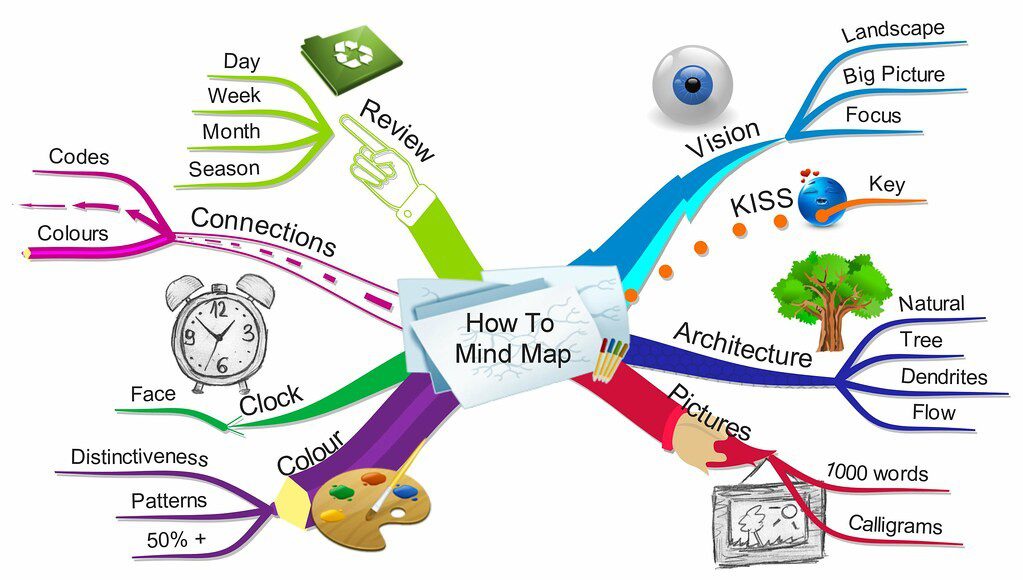
What is a Mind Map?
A mind map is a diagram used to get tasks, ideas, or other information out. It’s a great way to brainstorm. It was invented by Tony Guzman as a way to help get ideas onto paper. Items on the map are organized around the main idea.
What Do You Need To Create A Mind Map?
Grab a pencil and a piece of paper, and you are ready to create a mind map. Additionally, you may want some highlighters of various colors to separate ideas. You can also use apps and other software to easily create a beautiful map.
What Can Mind Maps Be Used For?
These are very versatile tools. They can be used to advance your life in many ways. Some of those ways are listed below.
- Brainstorming Tool
- Personal Development Plan
- To-do List
- Weekly Planner
- Outline For Essays Or Other Writing
- Note-Taking
Benefits of Mind Mapping (Power of Mind Mapping)
Enhances Memory – The brain likes creating connections like those used in these maps. This enhances memory retention.
In a study conducted by Farrand, Hussain, and Hennessy, mind mapping led to a 32% increase in students being able to recall information. Compared to other study methods.
Increased Productivity – Who can’t use a little more productivity in their lives? Mapping not only helps you list out ideas or tasks but also helps you recall the information. This makes your next step more efficient.
Great For Organizing Projects – Projects can be very overwhelming with a lot of moving pieces. Mind mapping tools can be great for getting all those various components of a project out on paper. This can help you recognize problems before they become a problem.
Assists With Presentations – Putting your association of thoughts on a notecard is an excellent way to keep a presentation moving.
Helps With Problem-Solving – Solving problems is all about knowing the facts and thinking outside the box. Mind maps are a great way to list the facts and get you in the right state to think outside the box.
Sparks Creativity – These are visual thinking tools used to visually represent your thoughts and ideas. Making a map gets your creative juices flowing by using that side of your brain.
How to Make a Mind Map In 3 Simple Steps
Now that you understand the power, let’s learn how to make one.
Step 1
Set your main topic in an oval.
Step 2
Add branches for subtopics.
Step 3
Add branches on the subtopics for related ideas.
Pretty simple right?
There are a few different ways you can get your ideas out there.
Free Flow – In this method, you just put down whatever pops into your head, not worrying about levels or branches.
One Branch at a Time – In this method, you focus on completing one branch before moving on to the next branch.
One Level at a Time – In this method, you focus on one level before moving on. Complete all the subtopics before branching off those subtopics.
Tips for Effective Mind Mapping

Start with a Central Idea
When embarking on the creation of a mind map, begin by jotting down your central idea or topic at the center of the page. This serves as the foundation of your map and anchors all the related concepts that will branch out from it. By placing the core idea at the center, you’ll have a clear starting point and a visual reminder of the main focus throughout the mapping process.
Once you’ve established your central idea, you can start connecting subtopics, keywords, and supporting details to it. This process will help you visually organize your thoughts, allowing you to see connections and develop a better understanding of the topic at hand. Remember, the central idea is the heart of your mind map; build upon it to create a comprehensive and engaging visual representation of your thoughts.
Keep It Simple
Don’t overthink when creating a mind map. Simplicity is key. Picture yourself jotting down ideas as they come to mind, connecting them effortlessly without worrying about making them perfect. The main goal is to capture your thoughts on paper, allowing you to visualize and recall them with ease.
As you create your mind map, embrace its straightforward nature. The more accessible and uncomplicated it is, the more it’ll serve as an effective memory aid. So, go ahead! Start mapping out your ideas, and watch how this simple yet powerful tool enhances your creativity and mental organization.
Group Related Ideas
As you start developing your mind map, it’s crucial to group related ideas together. You can achieve this by drawing branches that connect to the central idea and branching out from there. This approach helps you identify connections between different concepts and see how they relate to each other.
By visually grouping related ideas, you’ll be able to create a clear and organized representation of your thoughts. This will also help you grasp the big picture of the topic you’re exploring and understand how each piece fits into the puzzle. So, take the time to group your ideas and create a comprehensive map that reflects the interconnections of your thoughts.
Use Colors
Incorporating colors into your mind map is not just about making it visually appealing. It’s also an effective way to distinguish between topics. As you create your map, assign a unique color to each branch. This color coding will help your brain quickly differentiate between various subjects and ideas.
These vibrant hues don’t just make your mind map more engaging, they also work to stimulate your brain, enhancing memory and recall. By using a variety of colors for each branch, you’re making it easier for yourself to mentally process and organize the information, ultimately leading to better understanding and productivity.
Use Images
Including images in your mind map is an excellent way to make it more visually engaging while also aiding your memory. By associating images with ideas or topics, you’re creating a stronger connection in your mind, making it easier to recall and retain information.
Not only do images serve as an effective memory aid, but they also make your mind map more aesthetically pleasing. Adding relevant images to your map can help you better express your ideas and inspire creativity, making the process of brainstorming even more enjoyable. So, go ahead and find some images that resonate with your ideas, and watch how they enhance your mind map.
Eliminate Distractions
When constructing your mind map, it’s essential to allow yourself the time and space to let your ideas flow freely. To maximize your creativity, try to complete most of your map in one sitting. This uninterrupted approach keeps your thoughts connected and maintains momentum, helping you delve deeper into your ideas.
Of course, you can always revisit your mind map later to refine and add details. However, the initial process of getting your ideas down in one session is crucial for capturing the essence of your thoughts. So, find a quiet space, settle in, and let your creative juices flow as you construct your mind map in an uninterrupted burst of inspiration.
Experiment with Different Formats
When it comes to mind mapping, there’s no one-size-fits-all approach. Feel free to experiment with various formats to find the one that resonates the most with you. Don’t hesitate to explore different shapes, colors, and layouts to create a mind map that’s both visually appealing and effective in organizing your thoughts.
For instance, you may find that using distinct colors for each branch helps you differentiate and categorize ideas more easily, or perhaps incorporating images or symbols adds an extra layer of understanding. The key is to personalize your mind map, making it a unique reflection of your thought process. So, go ahead and get creative, as you discover the most effective format for your mind mapping journey.
Don’t Give Up
Don’t be disheartened if your first mind map doesn’t turn out exactly as you’d hoped. Just like any new skill, mind mapping takes practice and persistence to master. So, keep trying, and remember that each attempt brings you closer to creating more effective and organized maps.
As you continue to practice and explore different mind mapping techniques, you’ll discover what works best for you and your thought process. With time, your maps will become more refined, and you’ll see improvements in the way you brainstorm, organize, and retain information. So, be patient with yourself and enjoy the journey of becoming a mind mapping pro.
Mind Mapping Tools
Below are some great mind mapping tools you can use to make your maps easier and more effective. These tools can help you learn how to make a mind map easily. Helping you along the way.
Mindomo – This is a great free online tool for creating mind maps. They also have free mind mapping apps for IOS and Android. This is the tool that I use because it has a clean layout and is very easy to use. You can also share mind maps with your team members. Attachments and images can also be uploaded to make your mind maps even better.
MindMeister – This is another great tool that offers a lot of team collaboration tools for min mapping. This is created by the same makers of MeisterTask, another great app for Kanban style project management. Both these apps fully integrate, so you can go straight from brainstorming to project management.
Mindly – This is a mind map app designed specifically to look good and work well on mobile. If you want to use mostly mobile for your mapping this app might be the way to go.
Mind Mapping Example
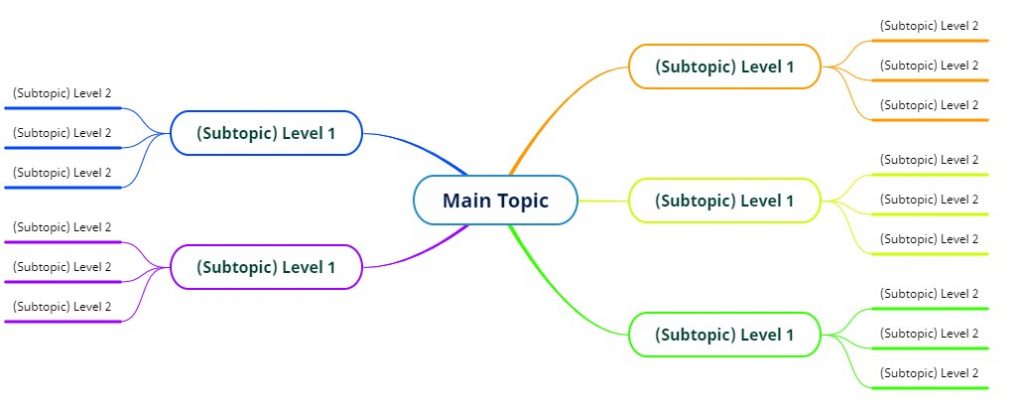
See Related: The 4 Areas of Personal Development for Work & Home
Final Thoughts
There you have it. You should have all the information to create a mind map of your own. They are easy to create and have a ton of benefits. So what’s stopping you from creating your own today?
Did you enjoy this article on how to make a mind map? Don’t forget to share using the buttons below.

